Horticulture
-
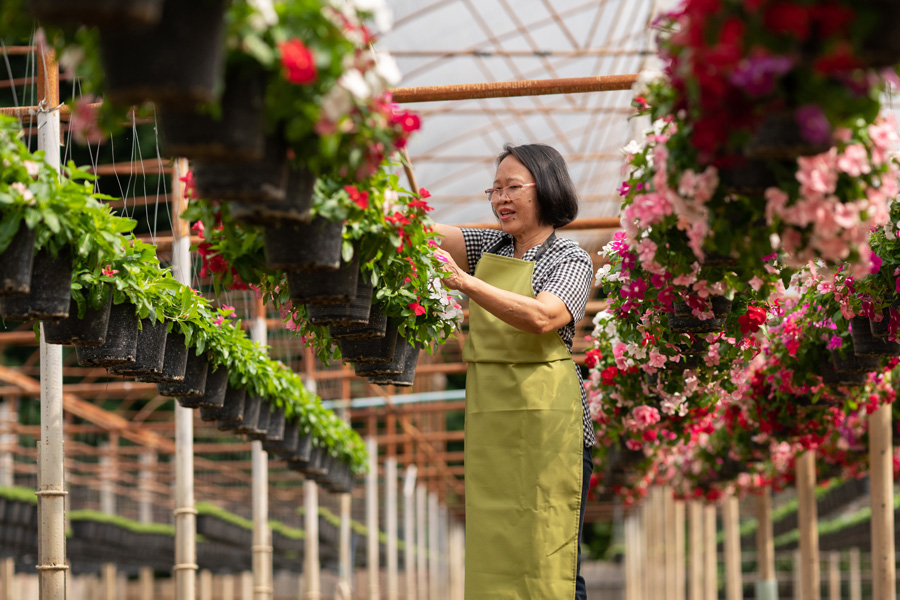
The idea of producing your own food in a clean, controlled environment is very appealing. While dreams may be big, careful research and planning should be done prior to jumping into any farm venture. Important items such as desire, capital, feasibility, labor, demographics, and marketing all need to be considered.
Bob Westerfield and Makenzie English
|
-
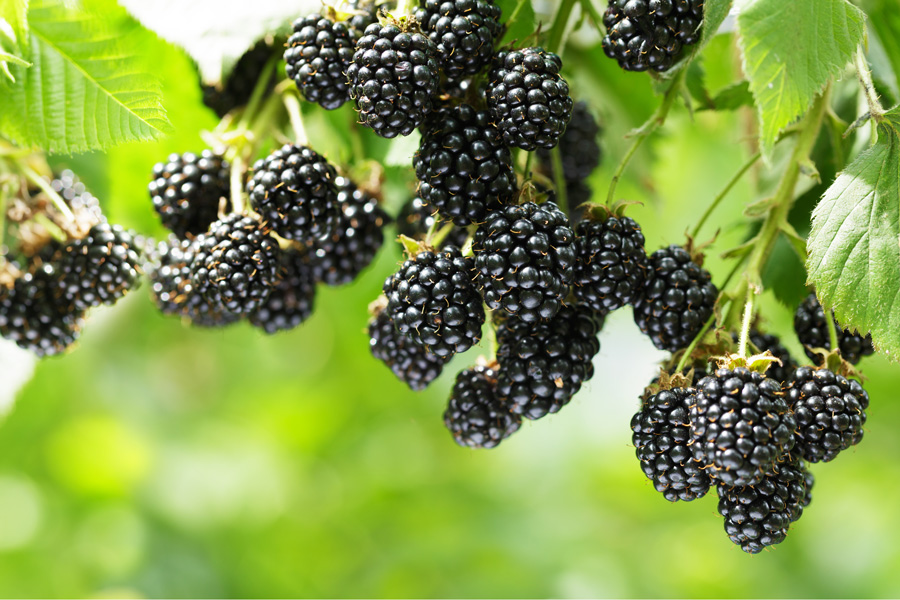
This circular covers basic postharvest harvesting, handling and cold storage principles for fresh-market blackberries to ensure the highest possible shelf-life and quality while minimizing postharvest losses. Blackberries are harvested in Georgia from mid-May to August. Most varieties
grown in Georgia were developed by the University of Arkansas breeding program.
The blackberry varieties cultivated in Georgia are primarily intended for fresh market
sales and are harvested by hand, while machine harvesting can be used for
fruit that will be frozen.
Blackberries are a highly perishable fruit; since they lack both cuticles (protective
outer coverings) and carbohydrate resources, they have high respiration and
transpiration rates. Because of the fruits’ delicate skin, they cannot be cleaned
or cooled using water. The shelf life of blackberries is limited by high rates of
respiration, water loss, softening of the fruit, decay, and mechanical damage. To
slow down deterioration in quality, it is imperative to reduce the temperature of the
fruit as soon as possible after harvest.Angelos Deltsidis and Zilfina Rubio Ames
|
-
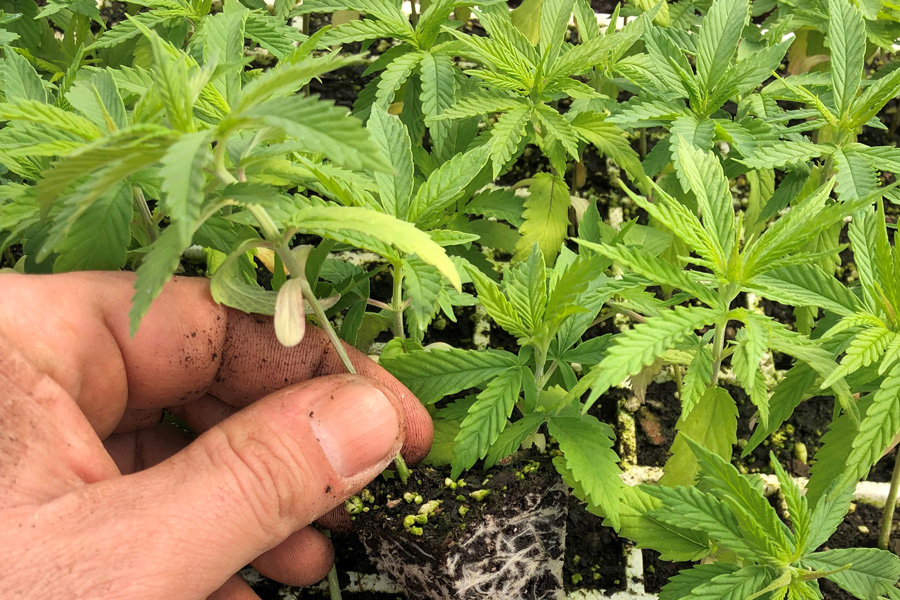
With the passage of the 2018 Agriculture Improvement Act (U.S. farm bill), the federal government removed industrial hemp (Cannabis sativa L.) from the list of Schedule I drugs and opened up opportunities for farmers to produce this once widely grown crop. At the time of publication, states are currently operating under the 2014 U.S. Farm Bill that allowed pilot programs for hemp production focusing on research. Georgia did not participate in the pilot program under the 2014 farm bill. Therefore, growers in Georgia must wait until the U.S. Department of Agriculture approves the Georgia state plan for outlining rules and regulations for hemp growers and processors. More information on the hemp rules and regulations can be found at agr. georgia.gov. It is anticipated that hemp growers and processors may grow for the 2020 production season. Although the brief guide that follows is not exhaustive, it is meant to provide basic information for growers who are considering hemp production of floral materials meant for the cannabinoid market. Cannabinoids may include CBD, CBG, etc. Although there has been some interest in hemp production for fiber and seed, the majority of growers have expressed an intent to grow for the CBD market. The production of hemp for fiber and seed differs greatly from that of floral material and subsequent publications will focus on these end uses. Due to the changes in rules and regulations that are likely to occur, we recommend readers look to the Georgia Department of Agriculture and the USDA for any clarification or questions they may have regarding the regulation of hemp production in Georgia.
Timothy Coolong
|
-

We can positively affect pollinator populations in our region by providing plants that help sustain them. Pollinators face the increasing challenges of habitat loss, parasite and disease pressure, and the unintended consequences of pesticide misuse. Bee forage plants can bloom season-long with careful plant selection appropriate to the region. A combination of herbaceous perennial and annual plants, trees, and shrubs can provide valuable resources to bees and other pollinators. Even grasses can be used by bees as a pollen source, while crape myrtles can provide a later season resource for pollinators. Anyone—from individual home gardeners to commercial and agricultural property managers—can promote pollinator health by selecting and planting appropriate plants. This guide provides options for selecting flowering woody plants that are attractive to bees and butterflies and sometimes have additional wildlife benefits.
S. Kris Braman, Bodie V. Pennisi, Kim Toal, and Elizabeth McCarty
|
-
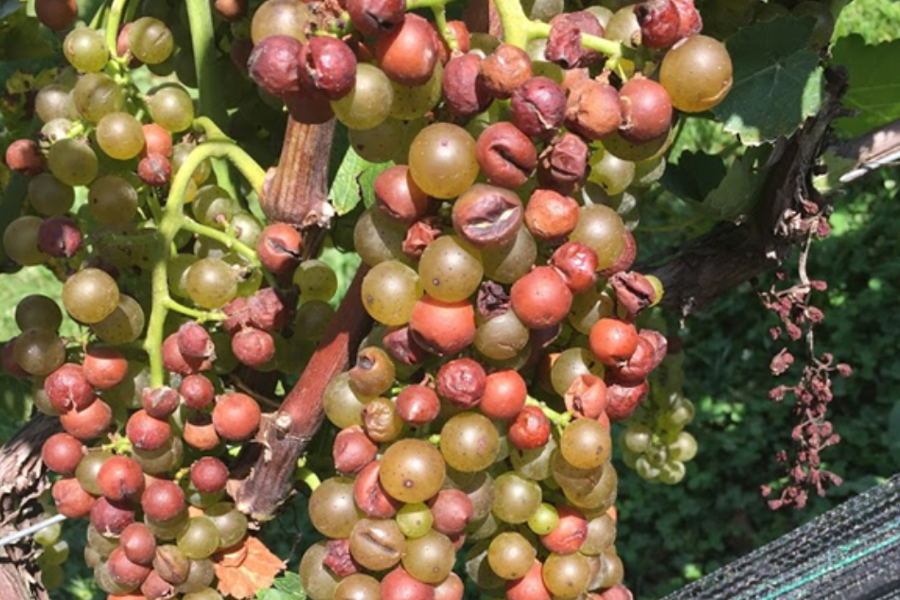
C 1212
Grape Sour Rot
Although grape sour rot can occur in drier climates, the disease complex tends to be especially problematic during wine grape ripening in wet, humid regions. Browning and disintegrating berries and the aroma of vinegar (acetic acid) are a few symptoms that characterize grape sour rot. Sour rot ultimately results in crop yield reduction as damaged berries often “shatter,” or fall off the clusters. Sorting out clusters with sour rot that are not suitable for winemaking causes a further reduction in return revenues as less wine is produced. Although it has only recently been a topic of defined research, sour rot is a prominent concern in Eastern U.S. vineyards as: (1) it is consistently observed in vineyards, particularly in white-berried cultivars; and (2) questions remain about how to best manage it, particularly with the threat of insecticide resistance development in targeted fruit flies.
Phillip M. Brannen, Brett R Blaauw, Shane Breeden, and Sarah Lowder
|
-

Note: This publication contains data from an average of the 2020-21 and 2021-22 orange harvest seasons (exceptions noted in the chart). The commercial citrus industry in Georgia has only recently been established, with most groves planted after 2014. As of 2022, approximately 75% of the 3,300 acres of citrus planted in Georgia are satsumas, but that proportion is trending downward. To strengthen the new Georgia citrus industry, growers recently have begun to diversify their citrus varieties. Research is being conducted to determine how these varieties will perform under Georgia weather and soil conditions: which varieties can best tolerate Georgia’s winter weather, and what are the cultural norms such as maturation time, fruit quality, and insect and disease tolerance. This publication is associated with Circular 1275, the initial publication containing reference photos for the varieties tested.
Jake Price
|
-
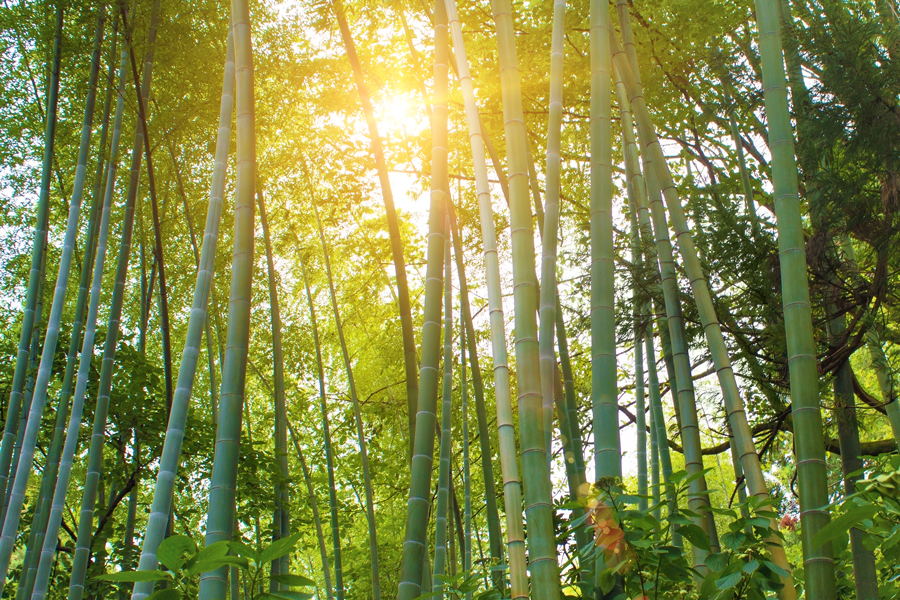
B 1357
Growing Bamboo in Georgia
This resource provides a simple, user-friendly guide on growing bamboo in Georgia, a state that has a wide variety of soils and temperate zones.
Bodie V. Pennisi
|
-

B 737
Growing Ferns
This publication discusses everything you need to know about ferns: life span, growing, watering, potting, needs, and varieties.
Bodie V. Pennisi
|
-

B 790
Geraniums
Geraniums are among the most popular flowering plants grown in the United States. They are easy to grow and can be used in many types of gardens, such as ground beds, planter boxes, hanging baskets and pots. They are ideal for flanking entrance-ways and adding color to border plantings. This publication explains everything you need to know about growing geraniums.
Bodie V. Pennisi
|